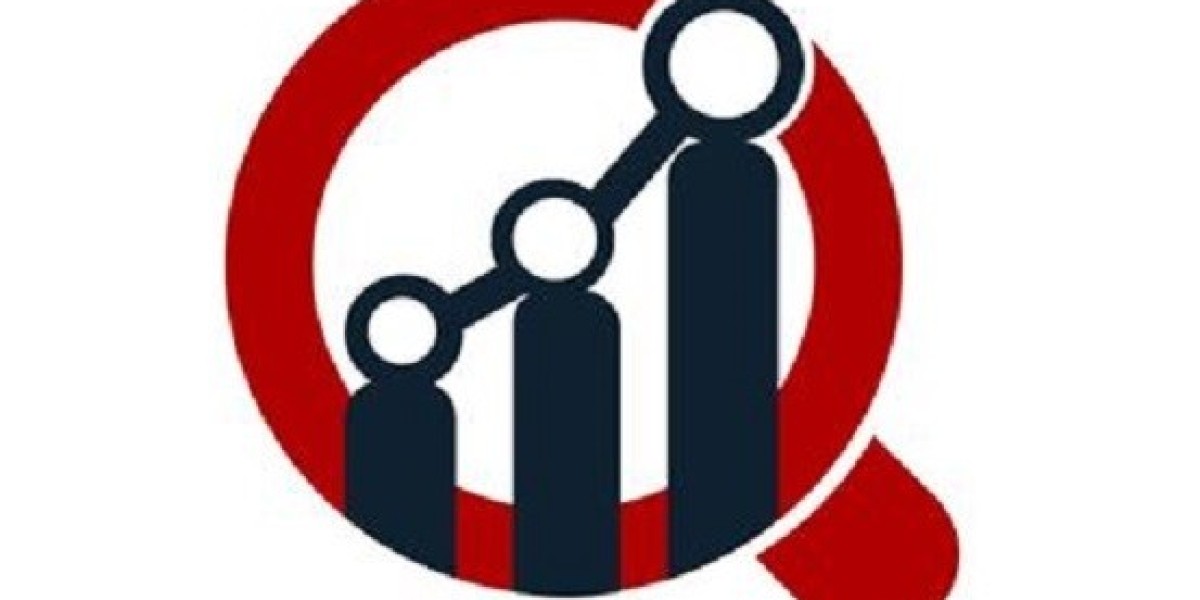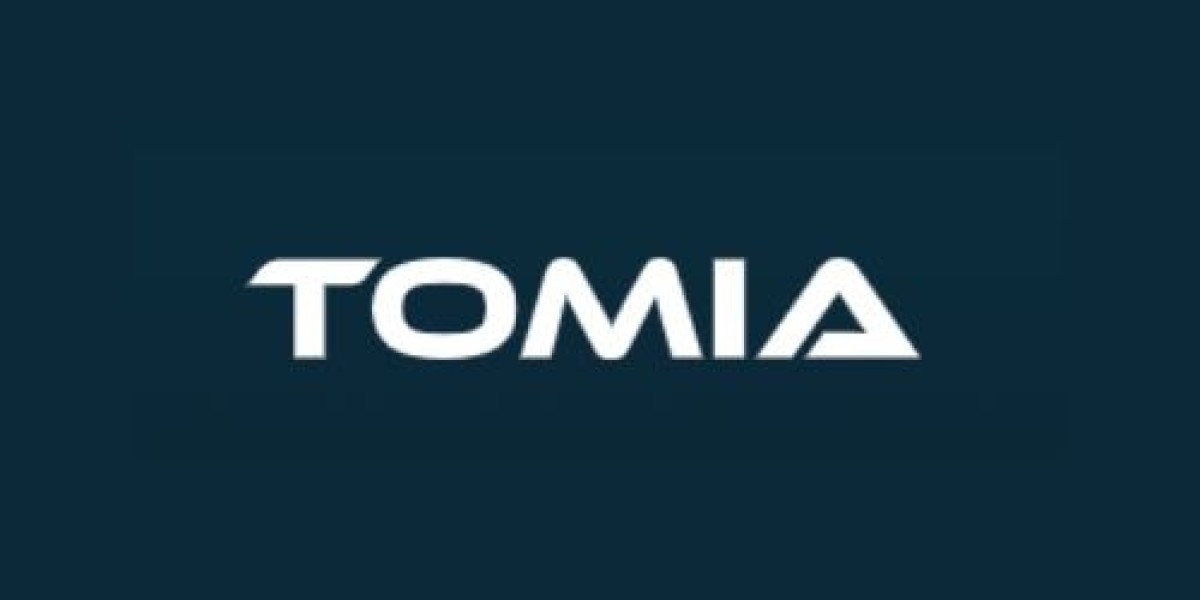Ustekinumab Market: Navigating Growth Amidst Biosimilar Competition
The ustekinumab market is currently experiencing significant growth, driven by the increasing prevalence of autoimmune diseases such as psoriasis, Crohn's disease, and ulcerative colitis. Ustekinumab, a human monoclonal antibody that targets interleukin-12 and interleukin-23, has become a key therapeutic option for these chronic inflammatory conditions.
Market Size and Growth:
The global ustekinumab market was valued at approximately USD 11.18 billion in 2024 and is projected to reach USD 17.63 billion by 2034, growing at a compound annual growth rate (CAGR) of around 5.06% to 6.5% during the forecast period (2025-2034). This robust growth is fueled by several factors:
- Rising Prevalence of Autoimmune Diseases: The increasing incidence of psoriasis, Crohn's disease, and ulcerative colitis worldwide is a primary driver for the demand for effective treatments like ustekinumab.
- Expanding Indications: While initially approved for psoriasis and psoriatic arthritis, ustekinumab's одобрение for Crohn's disease and ulcerative colitis has significantly broadened its patient pool and market reach. Ongoing clinical trials are also exploring its efficacy in other autoimmune conditions like ankylosing spondylitis, potentially opening new avenues for growth.
- Advancements in Medical Research: Continuous advancements in understanding the pathogenesis of autoimmune diseases and the development of targeted biologic therapies like ustekinumab have revolutionized treatment paradigms.
- Increased Awareness and Diagnosis: Improved diagnostic capabilities and growing awareness of autoimmune disorders among healthcare providers and patients are leading to earlier and more accurate diagnoses, subsequently driving treatment demand.
- Shift Towards Biologic Therapies: There is a growing adoption of biologic therapies, including ustekinumab, due to their high efficacy in managing complex autoimmune conditions, especially in patients who have not responded well to traditional treatments.
- Subcutaneous Administration Preference: The availability of a subcutaneous formulation offers convenience and the option for self-administration at home, leading to increased patient compliance and preference.
Key Market Trends:
The ustekinumab market is characterized by several significant trends:
- Biosimilar Competition: The most prominent trend shaping the ustekinumab market is the entry of biosimilars. Several ustekinumab biosimilars have already been approved in Europe and the United States (e.g., Wezlana, Uzpruvo, Steqeyma), and more are in the pipeline. These biosimilars are expected to drive price competition and increase patient access to ustekinumab therapy, potentially reshaping market dynamics and eroding the market share of the originator product, Stelara (Johnson & Johnson). Global Stelara sales have already shown a decline, indicating the impact of biosimilar competition.
- Focus on Subcutaneous Administration: There is a clear trend towards subcutaneous administration due to its convenience and patient preference for at-home, self-administered treatment. This is further supported by advancements in self-administration devices.
- Expansion in Emerging Markets: Regions like Asia Pacific and Latin America are expected to exhibit the fastest growth rates in the ustekinumab market. This is attributed to increasing healthcare investments, improving healthcare infrastructure and access, a rising prevalence of autoimmune diseases, and growing acceptance of innovative therapies in these regions.
- Combination Therapies: Research is ongoing to investigate the efficacy of ustekinumab in combination with other therapies to enhance treatment outcomes for patients with complex autoimmune conditions.
- Telemedicine Integration: The increasing use of telemedicine is improving patient access to treatment and monitoring for conditions managed with ustekinumab.
- Data-Driven Healthcare Systems: The integration of data-driven healthcare systems can optimize treatment strategies and improve patient outcomes in the ustekinumab market.
Market Segmentation:
The ustekinumab market can be segmented based on several factors:
- Indication: Psoriasis, Psoriatic Arthritis, Crohn's Disease, Ulcerative Colitis, and other potential indications. Psoriasis currently holds a significant market share.
- Route of Administration: Subcutaneous Injection and Intravenous Infusion. Subcutaneous administration holds the largest share and is the fastest-growing segment.
- Distribution Channel: Hospital Pharmacies, Retail Pharmacies, and Online Pharmacies. Hospital pharmacies are currently essential, but online channels are showing growth.
- End User: Adult, Pediatric, and Geriatric.
- Region: North America (largest market share), Europe, Asia Pacific (fastest growing), Latin America, and Middle East & Africa.
Key Players:
The ustekinumab market includes major pharmaceutical companies such as:
- Johnson & Johnson (Janssen Pharmaceuticals, Inc.)
- Amgen
- Celltrion
- Alvotech
- STADA Arzneimittel AG
- Biocon
- Samsung Bioepis
- Formycon AG
- Bio-Thera
- Fujifilm Kyowa Kirin Biologics
The entry of biosimilar manufacturers is significantly increasing the number of players in this market.
Challenges:
Despite the strong growth, the ustekinumab market faces certain challenges:
- High Treatment Costs: Ustekinumab therapy can be expensive, limiting accessibility for uninsured or underinsured patients, especially in low-income regions.
- Adverse Effects: Like other biologics, ustekinumab can have potential side effects, such as infections and allergic reactions, which may discourage patient adherence.
- Stringent Regulatory Requirements: Obtaining regulatory approvals for ustekinumab and its biosimilars involves complex and lengthy processes.
Conclusion:
The ustekinumab market is expected to continue its growth trajectory, driven by the persistent rise in autoimmune diseases and the proven efficacy of the therapy across multiple indications. However, the market landscape is undergoing a significant shift with the increasing availability of biosimilars, which will intensify competition and likely impact pricing strategies. The focus on patient convenience through subcutaneous formulations and the expansion into emerging markets will also play crucial roles in shaping the future of the ustekinumab market. Manufacturers will need to navigate the evolving competitive landscape and focus on innovation, patient access, and cost-effectiveness to maintain a strong market position.








